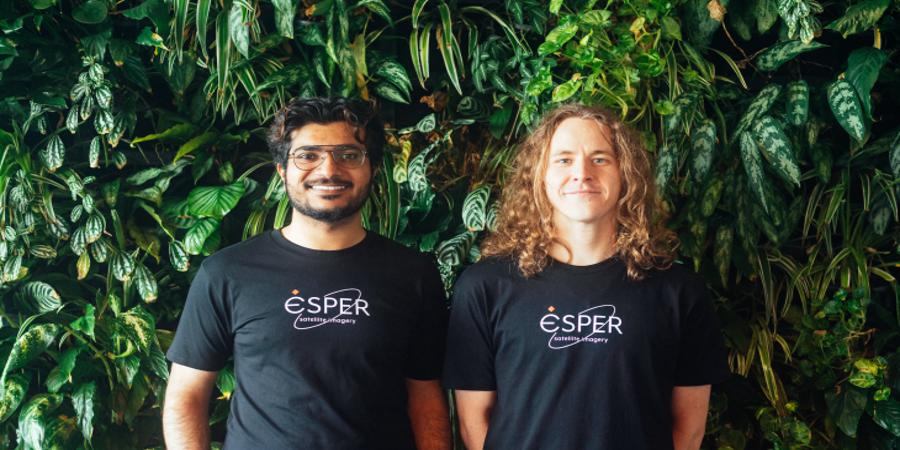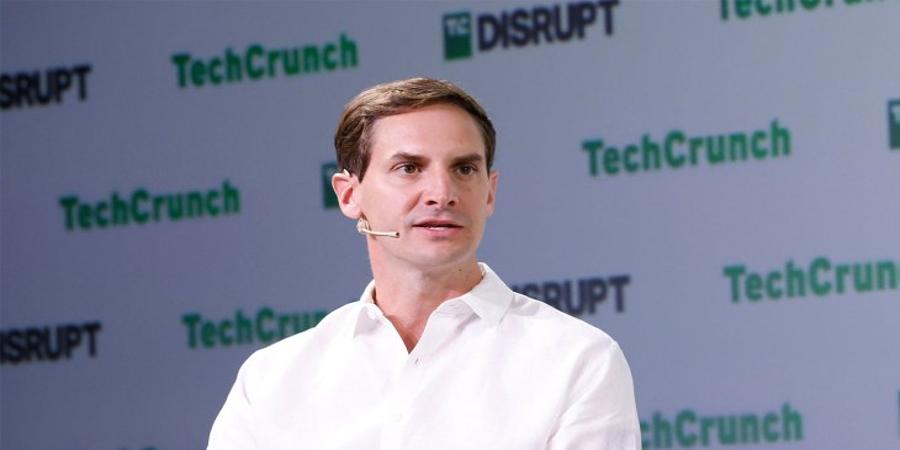Fusion power could be considered the quintessential venture capital bet: It’s expensive and risky, but the potential rewards are enormous. The world paid $10 trillion for energy last year, according to the International Energy Agency (IEA), so even a single-digit percentage of that pie would generate revenues in the tens of billions. Oh, and a commercially successful fusion power plant would change the world.
But that’s just part of the reason why investors have been diving deep into fusion power in the last few years. “There is more confidence than before [in] fusion machines getting not only to ‘scientific breakeven,’ which is getting more energy out of the fusion reaction than the energy that it takes to get to the fuel, but also getting enough excess energy to make for viable commercial power plants,” Phil Larochelle, partner at Breakthrough Energy Ventures, told TechCrunch+.
The field achieved a milestone late last year when the Department of Energy’s National Ignition Facility announced that it had created a fusion reaction that produced more power than was required to spark the fuel pellet. There’s still a long way to go, but net-positive controlled fusion is no longer just theoretical. “The industry is slowly leaving the lab and moving into the engineering phase,” said Wal Van Lierop, founding partner at Chrysalix Ventures.
We’re widening our lens, looking for more investors to participate in TechCrunch surveys, where we poll top professionals about challenges in their industry.
If you’re an investor and would like to participate in future surveys, fill out this form.
Momentum has been building over the last decade, though. “This recent renaissance in fusion has seen a blossoming of diverse technologies,” said Thai Nguyen, partner at MCJ Collective.
Breakthroughs in superconducting magnets coupled with exponential advances in computing power and machine learning have transformed the field seemingly overnight. More powerful and efficient magnets helped breathe life into the field, and the computing advances allowed researchers to simulate a potential reactor’s conditions in a fraction of the time previously required. Suddenly, small teams could feasibly design and tweak reactors.
“All of this adds up to an increased pace of innovation across a range of fusion approaches,” said Alice Brooks, principal at Khosla Ventures.
As private funding has rushed in, it has also allowed teams to not only refine existing reactor designs, but also explore alternatives that had previously been dismissed. “The transition to private science funding with a focus on commercial relevance has put experimental (and physical) heft behind a lot of concepts that had been percolating in academia for years, but largely couldn’t get funded given the gravity of tokamaks and laser inertial fusion mega-projects,” said Joshua Posamentier, managing partner at Congruent Ventures.
That doesn’t mean commercially viable fusion is a sure thing or that investors can expect returns on the usual timelines. On the contrary, “if you have a traditional five- to seven-year time horizon venture fund, it is difficult for a fusion investment to make sense,” Katie Rae, CEO of The Engine, said.
Rather, firms are investing on much longer timelines, in part because it’s what the sector requires and in part because the potential market is enormous. “The economic opportunity justifies the timeline,” Rae said, adding that investment figures are likely to increase in the coming years. “I expect we’ll see bigger amounts going into startups as they accomplish their next set of milestones.”
Read on to learn more about what these investors expect from fusion, when they expect the technology to become commercially viable, and the balance that academia needs to strike with venture to truly push the envelope.
We spoke with:
Fusion has broken a lot of promises in the past. What’s different this time?
It’s easy to look from the outside and believe the adage of “fusion is always 30 years away.” But if you dig into the research, there has been a steady beat of scientific progress and accomplishments in fusion since research really began in the 1950s. In fact, the progress has actually progressed faster than Moore’s law. What’s different now versus earlier is the confluence of a few key workstreams.
There have been a few significant milestones achieved in the industry in the last few years. In September 2021, Commonwealth Fusion Systems demonstrated, at scale, an entirely new type of superconducting magnet technology that enables a new commercial pathway for fusion energy.
In December 2022, the National Ignition Facility at Lawrence Livermore National Lab demonstrated a fusion experiment that got more energy from the plasma than it took to heat it, or Q>1, for the first time in history. This is an example of the robustness and advancement of the simulation tools that exist; this was a long predicted result and confirms much about plasma and fusion physics. Additionally, there has been significant innovations and progress in ancillary technologies, such as materials, advanced simulation and computational capabilities, and electronic components, that enable new capabilities and technical development on more accelerated timelines.
Which approach to fusion do you think holds the most promise and why (e.g. tokamak, shear-flow stabilized Z-pinch)?
Source @TechCrunch



